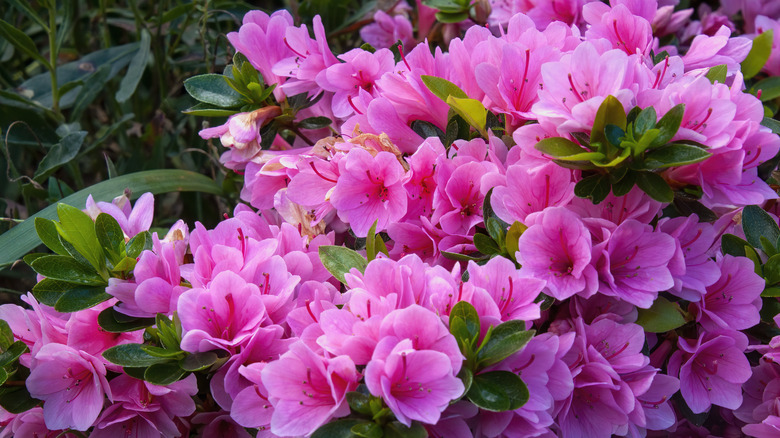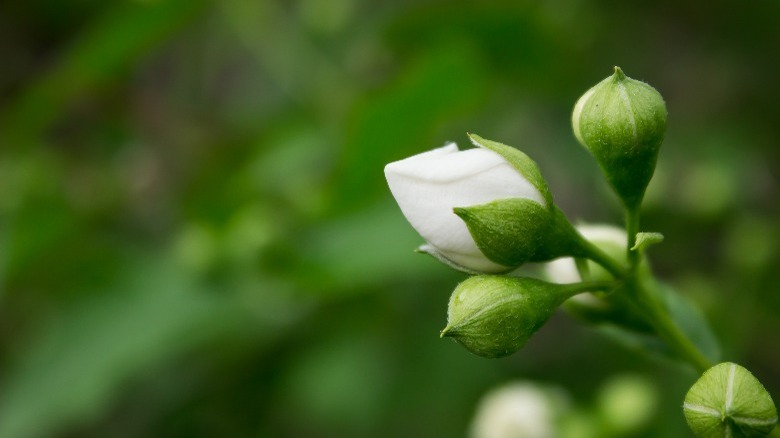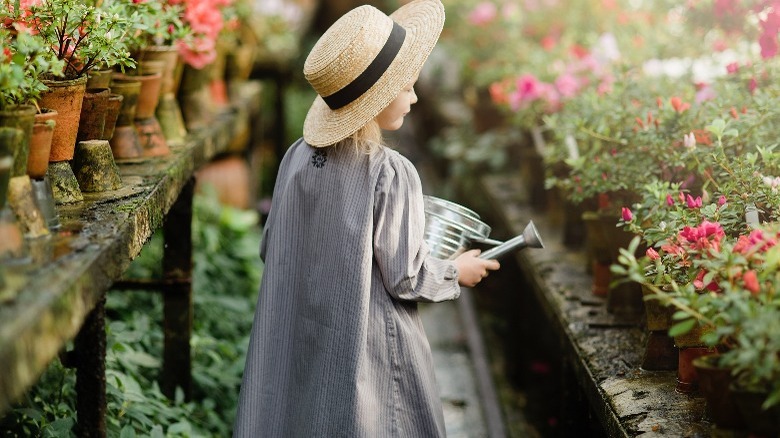The Best Method For Fertilizing Your Azaleas
Azaleas are some of the brightest, most diverse flowers of all, offering up blooms in nearly every color of the rainbow when cared for properly. However, they are tricky to grow if you're not careful because they have specific soil requirements that are different from other plants. Fertilizer is often necessary to keep the soil pH level on the acidic side when growing azaleas. It keeps the flowers blooming and the foliage green and healthy. They thrive in soil with a pH of between 4.5 and 6.
Therefore, before you plant or fertilize azaleas, you'll definitely want to have your soil tested. This will tell you what the soil has plenty of and what it is lacking. It will also be important to test the soil beneath your azaleas every three to four years to ensure it is full of the nutrients it needs. If you're interested in the best method for fertilizing your azaleas, that's what we're about to find out!
When and how to fertilize azaleas
You'll want to make more extensive soil amendments when preparing to plant your azaleas in early spring, including adding a substantial amount of organic matter. If you prefer, you can use an acid-forming all-in-one fertilizer for azaleas instead. Once you have established your azaleas, the best time to fertilize them is in the early spring after new leaves begin to sprout. Ensure that the soil is moist for the most efficient absorption of nutrients.
Alternatively, you can fertilize azaleas in late winter, especially when you're using a sulfur-based acidifier. These types of applications take more time to affect pH levels in the soil. Therefore it might make more sense to apply these fertilizers in late winter to give them the extra time they need to work into the soil. As far as how often you need to fertilize, you should rely on testing the soil every two or three years, but you shouldn't need to fertilize two years in a row.
What to fertilize azaleas with
There are a few things to look for in an azalea fertilizer, with the first being a soil acidifier. When purchasing fertilizer, you want an acidic fertilizer made specifically for azaleas and rhododendrons. The current pH of your soil will determine if you can go with a normal slow-release kind or if you need something a little more aggressive. A granular fertilizer is recommended for its ease of application.
Some people go with their own organic fertilizer mix of mulch and pine straw or something similar. As a rule, azaleas don't need a lot of nutrients. You may be able to get by with your own basic mulch and organic composting, especially once they're established. This is probably the smartest option, if possible. Just remember to test your soil's pH level every couple of years to ensure optimum health for your azaleas. Once they become established, they may not need any fertilizer at all.


